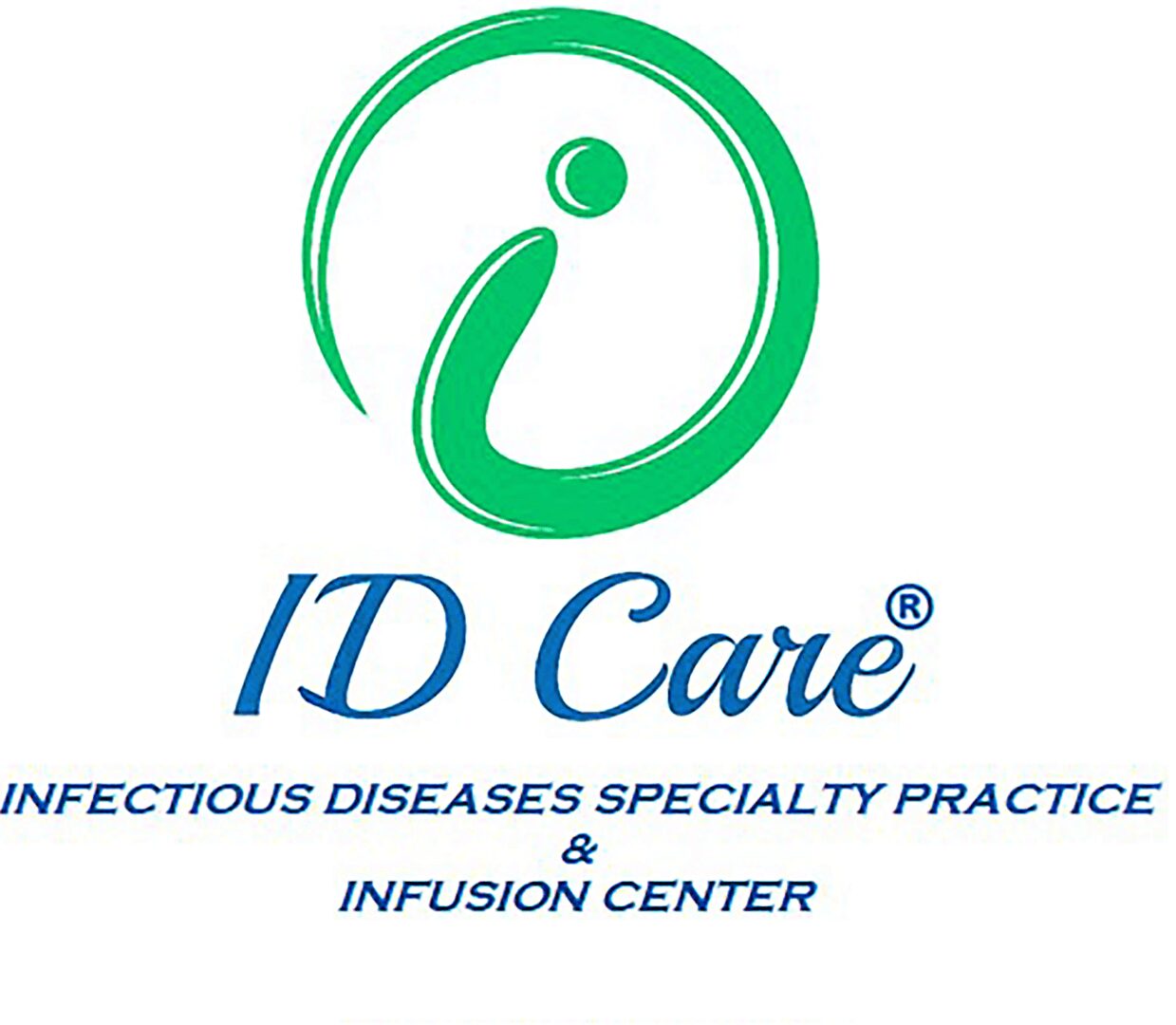Symptoms of infectious diseases in children are often very different from those seen in adults.
That’s why our team of board-certified infectious disease specialists at ID Care® is here to help figure out what’s going on. We provide inpatient and outpatient for adult as well as pediatric infectious diseases.
We know the unique signs and symptoms of even the most complex infectious diseases in children. And we know it can be stressful when you’re trying to figure out what’s going on with your child.
So we want to see you and get the answers you need as soon as possible.
Pediatric Conditions We Treat
Caused by microorganisms like bacteria, fungi, viruses and parasites, infectious diseases in children can cause discomfort, headaches, itchy rashes and/or fevers. Depending on the disease, infectious diseases can also cause serious complications, particularly when a child’s immune system is affected by certain medications, a recent surgery, an illness or a chronic medical condition.
We see a full spectrum of conditions — far too many to list here. The conditions we treat vary depending upon the location and providers selected. Don’t see a condition listed? Call us.
